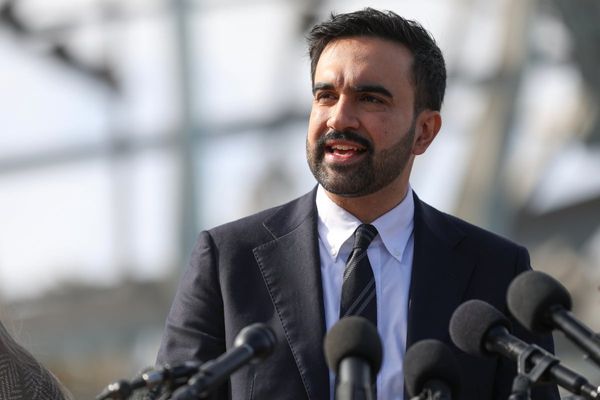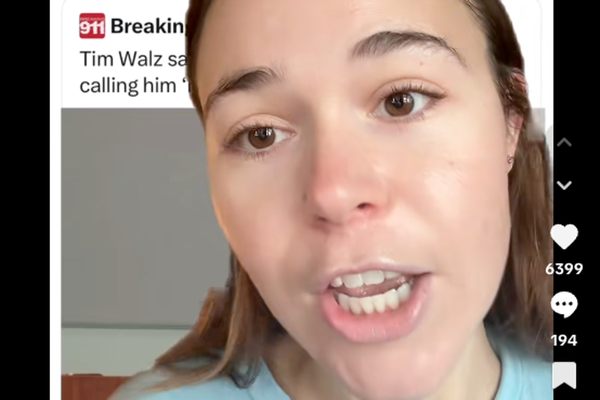
Because they exist in the public domain, fairy tales can be adapted by anyone as long as they’re not based on a specific interpretation under copyright. The early 20th century saw the debut of darker fairy tale tellings like Jean Cocteau’s Beauty and the Beast and Powell and Pressburger’s The Red Shoes, but many of the timeless stories they drew inspiration from became synonymous with the Walt Disney Company’s animated films. Even if the original fairy tales contained dark, provocative material, more mature film adaptations had to contend with family-friendly expectations tied to Disney classics like Cinderella, Sleeping Beauty, and Snow White and the Seven Dwarves. Twenty years ago today, a legendary director attempted to upend those expectations.
After earning worldwide recognition for his work with Monty Python, director Terry Gilliam developed a unique talent for making bizarre, imaginative arthouse films with mainstream crossover appeal. Time Bandits satirized world history, 12 Monkeys imagined an idiosyncratic dystopian future, and The Fisher King was loosely inspired by Arthurian mythology, so Gilliam seemed like the ideal choice to helm The Brothers Grimm, a fantasy adventure named after the 19th-century German siblings who revived popular interest in fairy tales.
Given the emerging popularity of fantasy franchises like Harry Potter and The Lord of the Rings, there was reason to believe that Ehren Kruger’s spec script had the potential to capture the zeitgeist. But despite casting two young heartthrobs and sporting a commercially viable PG-13 rating, The Brothers Grimm barely surpassed $100 million at the box office, against an estimated budget of at least $80 million.
Reviews weren’t kind, but it’s difficult to judge Gilliam’s final product when considering the actual monsters he contended with throughout production; after losing final cut privilege and facing compromising creative decisions in a dispute with executive producers Bob and Harvey Weinstein, Gilliam claimed the brothers “took the joy out of filmmaking.” Nonetheless, Gilliam’s instincts may have been correct, as The Brothers Grimm was the first indication that Hollywood had a fresh interest in gritty fairy tales.
The Brothers Grimm took an unusual route to adapting folklore, as it imagined a fictional origin story for how the German academics Jacob (Heath Ledger) and William Grimm (Matt Damon) became renowned for tales of princesses, magic, and supernatural creatures. Although it's humorously suggested that the brothers earned their reputation by telling tall tales about their supposed adventures, The Brothers Grimm dove headfirst into the mythology when the duo is confronted by an evil Queen (Monica Bellucci), who plans to sacrifice young women to achieve immortality.

Gilliam identified that audiences would struggle to accept the fantasy mythology without some degree of snark, and took advantage of the opportunity to rewrite history. By grounding the film within the historical context of France’s 19th-century occupation of Germany, Gilliam presented a relatable story about two headstrong young con artists attempting to make ends meet amid economic depression. Although the film contains the type of snarky humor that’s been Gilliam’s trademark since Monty Python’s Flying Circus, The Brothers Grimm is ultimately a timeless story about self-serving swindlers who must become the heroes they’ve pretended to be.
Gilliam’s films often have tragicomedy components, and The Brothers Grimm embraced a somber tone through its near-constant array of supernatural threats. There’s an episodic pacing that mirrors early Flying Circus sketches, as Gilliam’s imagination explores the glass slipper from Cinderella, the evil wolf from Little Red Riding Hood, the gingerbread house of Hansel and Gretel, and the looming tower of Rapunzel. But The Brothers Grimm also acknowledged themes pertinent to modern audiences; with his ruthless military tactics and plan to burn down the forest, the villainous French General Vavarin Delatombe (Jonathan Pryce) stood in for the day’s fascists and anti-environmentalists.
While the unpolished computer animation made the creatures in The Brothers Grimm particularly unnerving, Gilliam was surprisingly willing to feature traditional fairy tale archetypes. In addition to the comic sidekicks Hidlick (Mackenzie Crook) and Bunst (Richard Ridings), The Brothers Grimm featured the timeless trope of an adversary who becomes an ally, as the brothers’ frequent critic Mercurio Cavaldi (Peter Stormare) eventually joins his former rivals. Even the film’s closing moments, which feature the brothers being hailed as saviors, have the wholesome qualities of a storybook ending.

It would take less than a decade after the underperformance of The Brothers Grimm for Hollywood to take another stab at gritty films based on public domain characters. While there were notable failures like Jack the Giant Slayer, Hansel & Gretel: Witch Hunters, and Red Riding Hood, films like Snow White and the Huntsman and The Legend of Tarzan were successful enough to justify further attempts.
Ironically, the trend of gritty fairy tale adaptations was again undercut by Disney, as its strategy of remaking its own animated classics as dull live-action films has reaped billions. But when compared to adaptations as flat and lifeless as 2017’s Beauty and the Beast or this year’s Snow White, the messy yet inventive charms of The Brothers Grimm are far more admirable.







